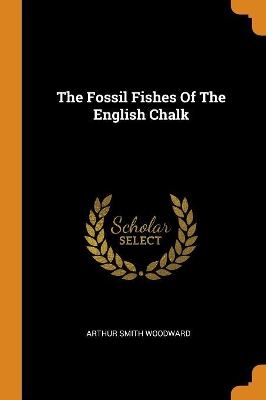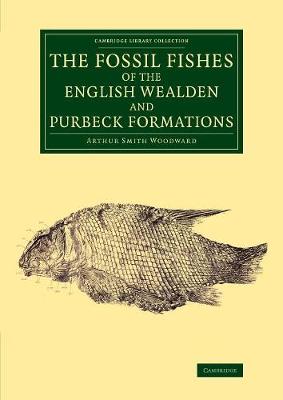Cambridge Library Collection - Monographs of the Palaeontographical Society
2 total works
The Chalk Group of southern and eastern England preserves a rich marine fauna of Late Cretaceous age. In this work, first published in seven parts between 1902 and 1912, Arthur Smith Woodward (1864-1944) provides what remains the principal account of fossil fishes from these deposits. Woodward describes and illustrates over fifty genera of ray-finned, lobe-finned, and cartilaginous fishes. The three-dimensional preservation of some Chalk fishes allows Woodward to describe aspects of anatomy not visible in heavily compressed fossils of similar age from other localities. Woodward finds that the fine detail apparent in bony fish skulls from the Chalk provides evidence of a closer correspondence between Cretaceous species and their modern relatives than had previously been anticipated. This monograph represents one of Woodward's last truly monumental contributions on fossil fishes, and was completed at around the time his scientific attention became increasingly dedicated to the now infamous Piltdown Man.
The Fossil Fishes of the English Wealden and Purbeck Formations
by Arthur Smith Woodward
Published 24 April 2014
The Purbeck and Wealden formations of southern England represent marginal marine and continental deposition during the latest Jurassic and Early Cretaceous periods. More famous for their fossil dinosaurs and mammals, these units also yield the remains of fishes. In this work, first published in three parts between 1916 and 1919, Arthur Smith Woodward (1864–1944) provides the most extensive overview of the Purbeck and Wealden ichthyofauna, describing and illustrating some thirty genera of cartilaginous, lobe-finned, and ray-finned fishes. Woodward finds the preservation of fishes from both deposits to be suboptimal, but nevertheless comes to some important conclusions: he shows that the fish fauna of the English Wealden is nearly identical to that of the famous coeval deposits of Bernissart in Belgium, and finds that the species from both the Wealden and Purbeck show closer affinities with Jurassic forms than with later Cretaceous lineages like those described in his monograph on fishes from the Chalk.

